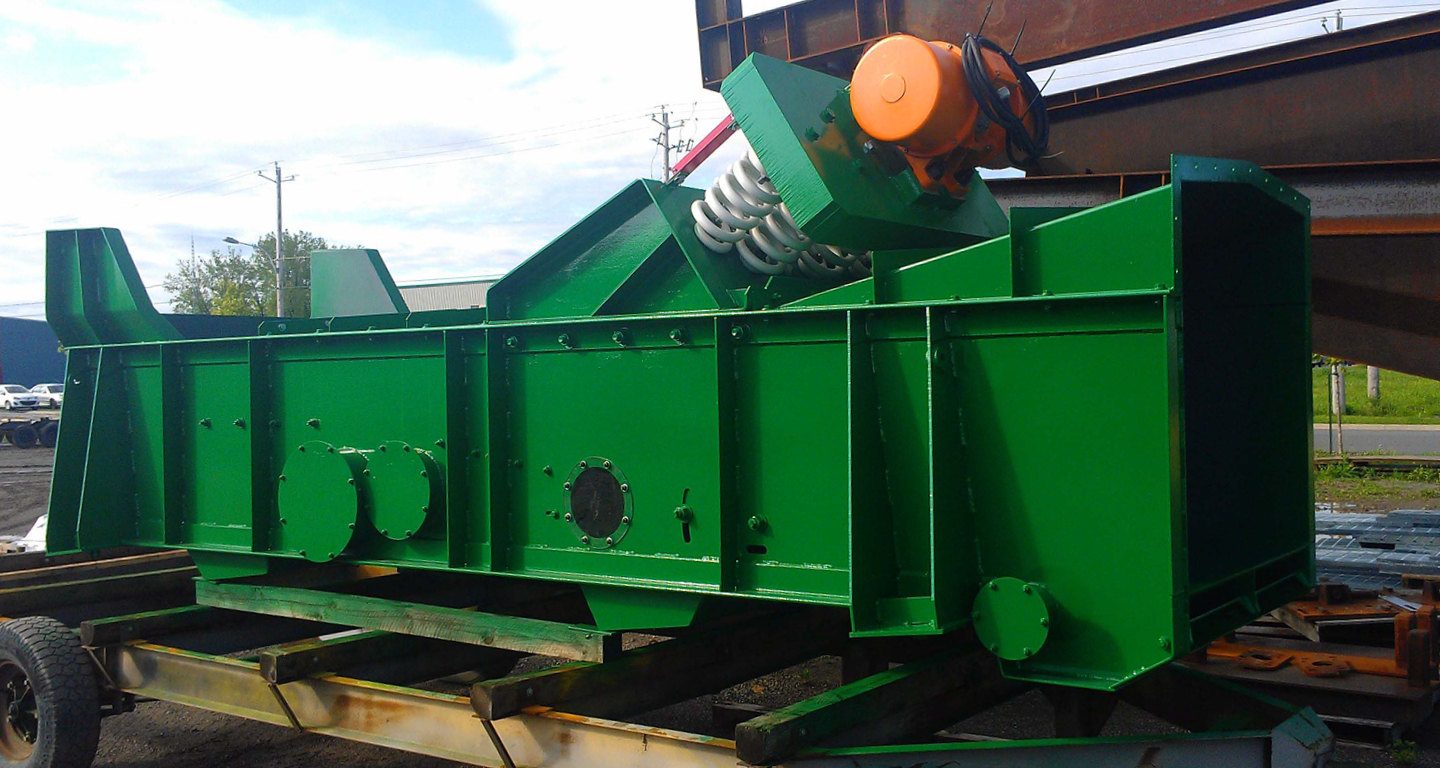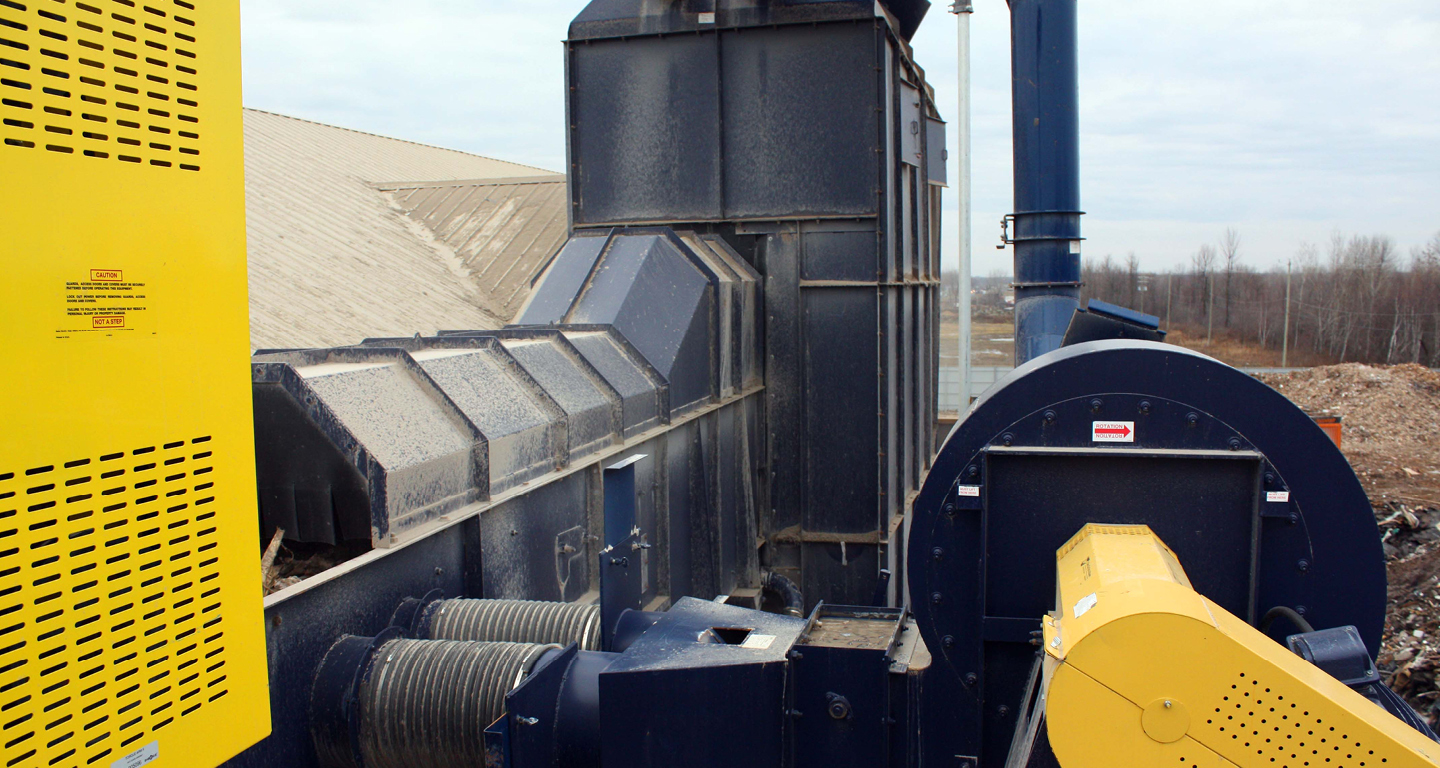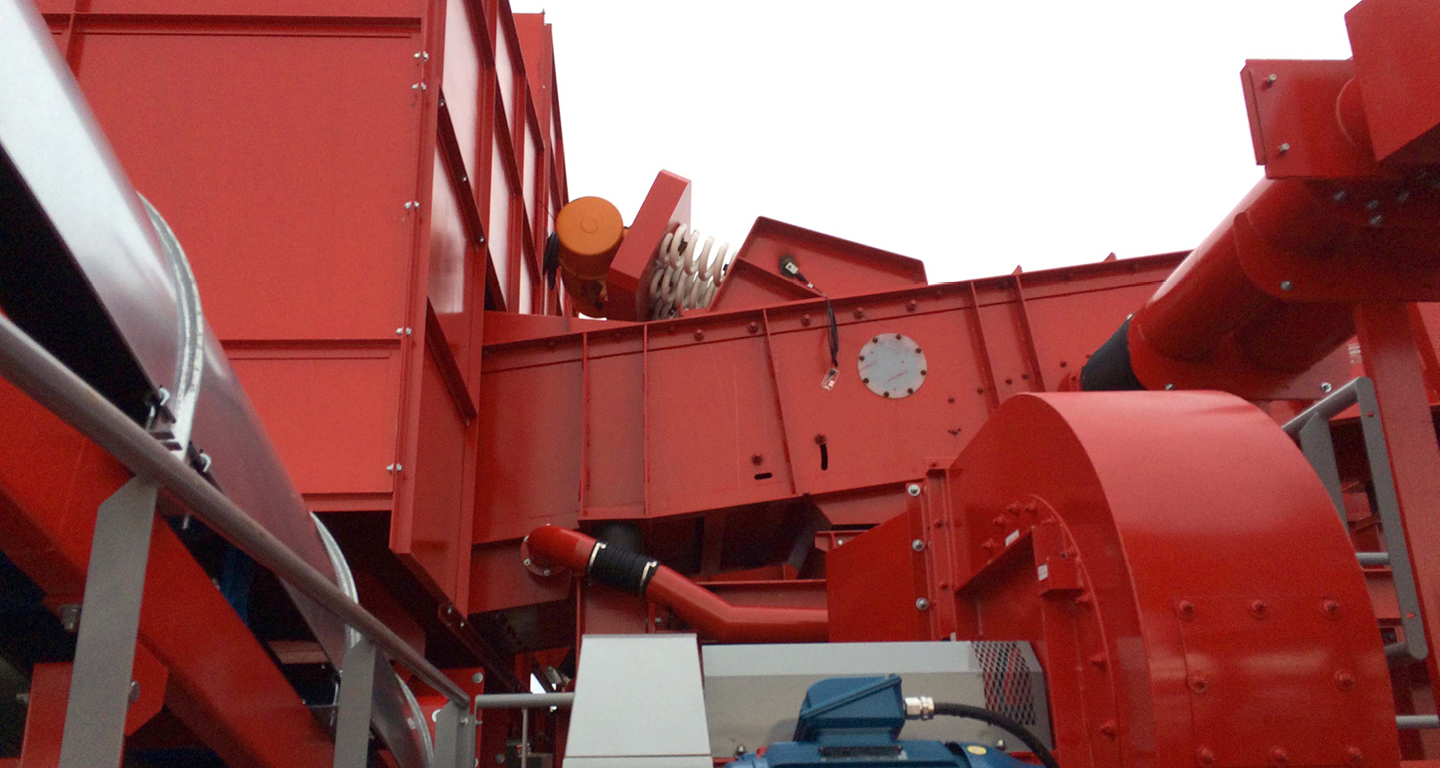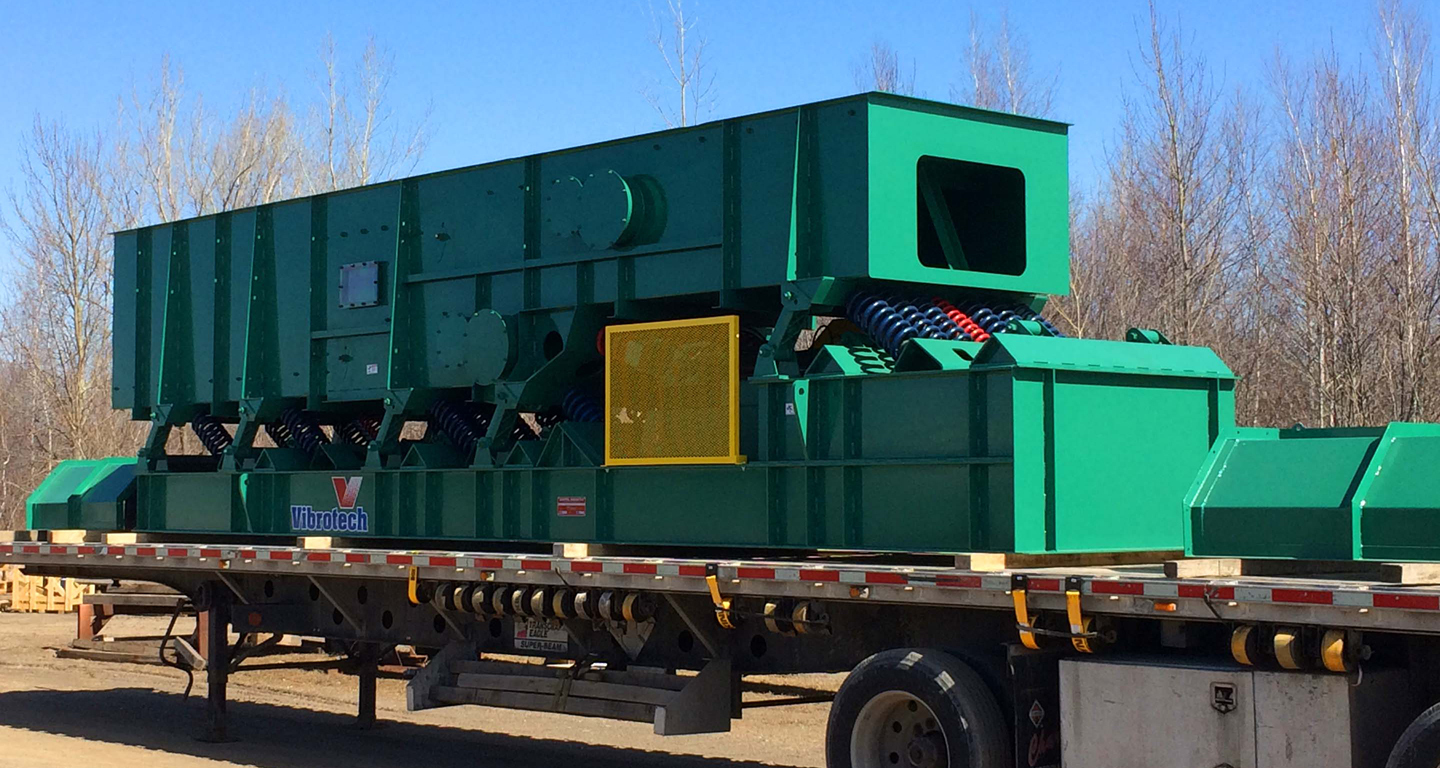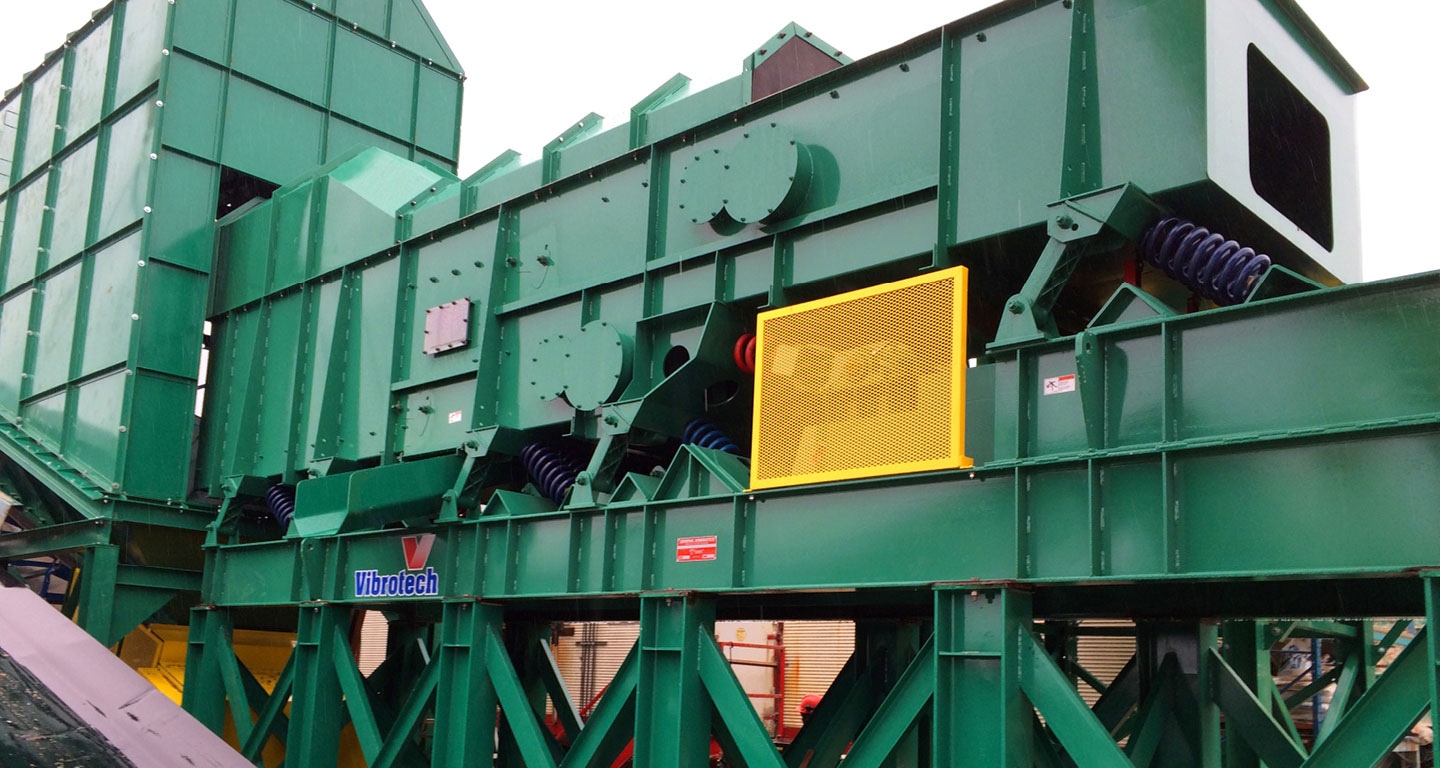Designed for recycling and waste valorization.
The destoner allows for a separation and classification that has been proven for a wide range of recyclable materials, including municipal waste, C&D waste (wood, cardboard, brick, concrete, metals), residuals car crushed and biomass gas.
The operation of the destoner is by means of a highly efficient vibratory action and the high-speed air supply that works in tandem to fluidized and mix laminate material. The lighter material can be blown and transported to separate the heavier equipment. The destoner can be designed with an air knife to provide an additional separation after the initial cut of heavy material. The result: a fast, effective removal of heavy material (brick, concrete, rock, metals and iron) and lighter material (aluminum, paper, plastic and wood). Dry running of the destoner is economic, eliminating the use of water and water treatment, which can become very problematic and very expensive. However, the destoner can easily find wet material.
The principal characteristics of the destoner are:
- Uses air instead of water to separate heavy products from lighter products, eliminating environmental problem generated by water separation;
- Flexibility in processing equipment;
- Simple design to test jam;
- Insulated equipment to minimize the forces transmitted to the foundations;
- Versatile design to separate different densities of materials, or equal densities and various particles;
- Requires minimum engine power for its operation;
- Solid construction for increased use;
- Available in simple, double or triple air knives;
The Syncro-Cushion drive combines the benefits of the vibratory movement near the natural frequency with a drive of vibratory trough. The flexible connection using helical springs allows an engine to start with low torque and generates much less stress than a direct drive. The Syncro-Cushion drive is designed with a minimum amount of parts and is provided with lubrication lines to facilitate maintenance.
Our destoners are equipped with protective guards for moving parts and meet CNESST security standards.

